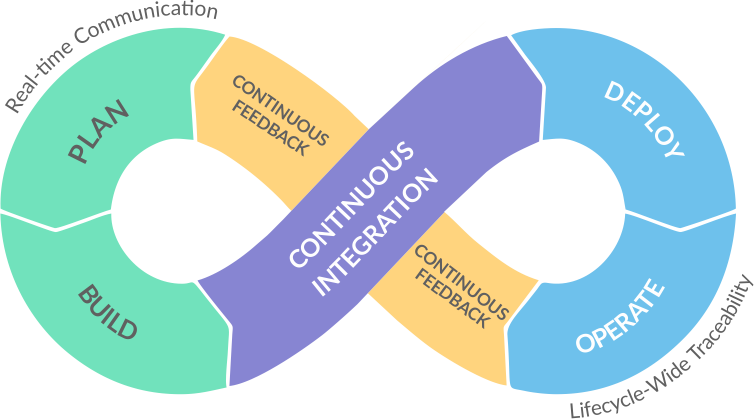Role of Test Harness system in Automation and Integration Testing
The Test Harness system plays a crucial role in automation and integration testing by providing the infrastructure and tools needed to automate the testing process and seamlessly integrate various components of the software.

Here's how the Test Harness system contributes to automation and integration testing:
Automation Testing:

- Test Execution: The Test Harness system automates the execution of test cases, allowing developers to run tests automatically and repeatedly without manual intervention.
- Test Reporting: It generates detailed test reports, including information about passed and failed tests, enabling developers to identify issues quickly and efficiently.
- Regression Testing: Automation allows for easy and frequent regression testing, ensuring that changes to the codebase do not introduce new defects or regressions.
Integration Testing:

- Test Coordination: In integration testing, multiple components or modules are tested together as an integrated unit. The Test Harness system coordinates the execution of these tests, ensuring the correct order and timing of interactions.
- Test Data Management: Integration tests often require specific test data for different scenarios. The Test Harness system helps manage and provide the necessary test data to simulate real-world conditions.
- Isolation and Mocking: In integration testing, certain dependencies may not be fully available or may have unwanted side effects. The Test Harness system allows developers to isolate components or mock certain dependencies, creating a controlled testing environment.
- Assertions and Validation: The Test Harness system provides a mechanism to assert the correctness of interactions and outputs between integrated components. It allows developers to verify that integration points are functioning as expected.
Overall, the Test Harness system simplifies the testing process, reduces human effort, and enhances the efficiency and reliability of both automation and integration testing. By using a Test Harness, developers can confidently integrate and test different components of the software, ensuring that they work harmoniously together to deliver a robust and functional application. Additionally, it enables faster feedback cycles, which is particularly crucial in modern Agile and DevOps development practices.
Thank You

